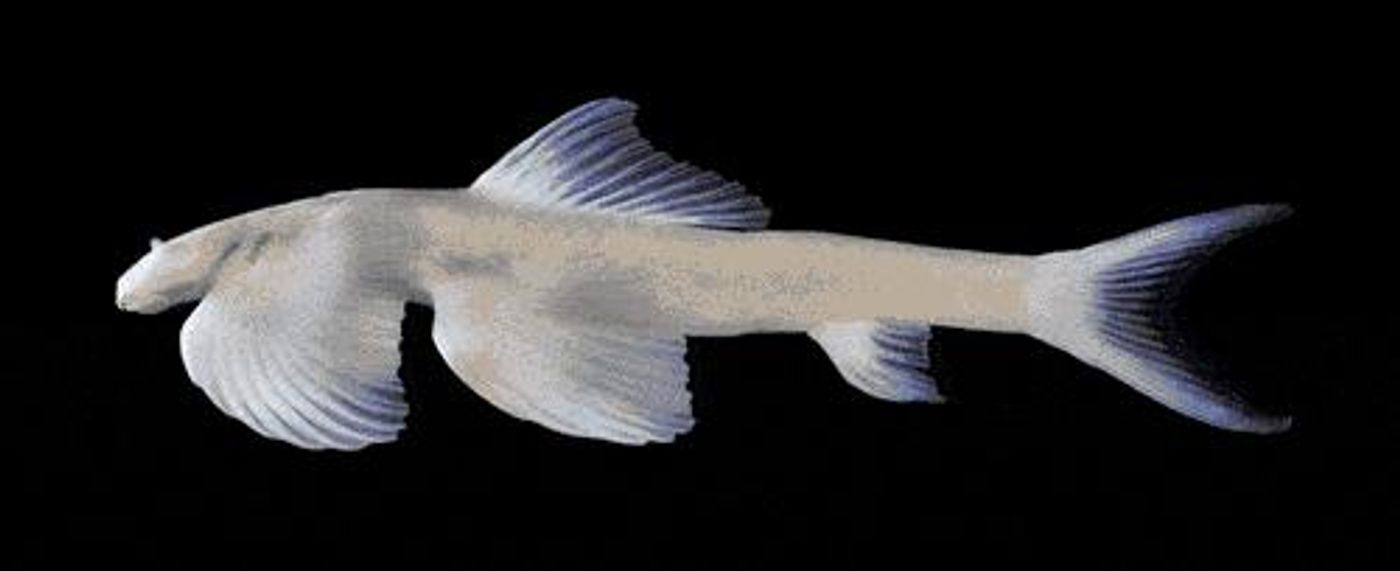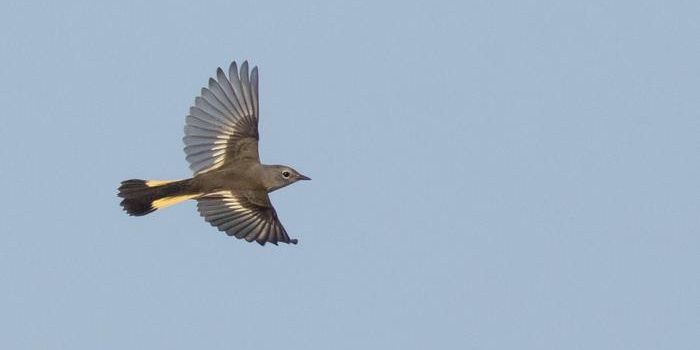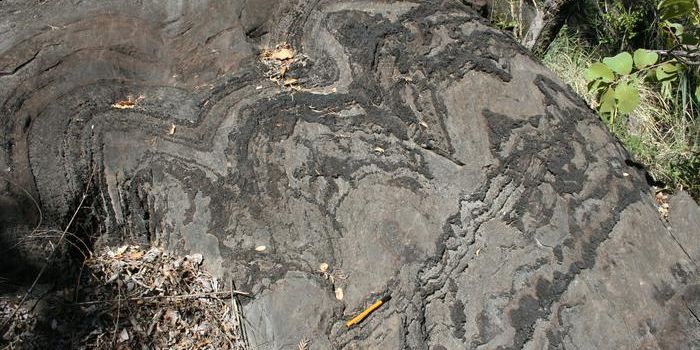At Least 11 Species of Fish That Can Walk Are Identified
Using an evolutionary map and CT (computed tomography) scans, an international team of researchers has identified eleven fish species that are able to walk on land. The cave angel fish is a rare, blind cavefish known as Cryptotora thamicola. The cavefish is a member of the only species of living fish that have actually been observed walking; the hillstream loach family.
By studying these fish, scientists may be able to learn how vertebrates began to walk on land. In this work, reported in the Journal of Morphology, the researchers assessed the bone structure of almost 30 species of hillstream loach fish to describe three types of pelvic shapes. Some loaches' spines are linked to their pelvic fins.
"Fishes don't usually have any connection between their spine and pelvic fin," noted study author and biologist Zachary Randall, manager of the Florida Museum's imaging lab. "But before, the idea was that the cave angel fish was totally unique. What's really cool about this paper is that it shows with high detail that robust pelvic girdles are more common than we thought in the hillstream loach family."
There are more than 100 species of hillstream loach in Southeast Asia, but the only one with a gait that has been studied is the cave angel fish. The ability to ask probably helps the fish survive rapid cave streams, said Randall. The cave angel fish is able to grip rocks on seabeds and move up waterfalls, for example, as water levels change, or reach stream regions rich in oxygen. We still have a lot to learn about these fish, however.
"These loaches have converged on a structural requirement to support terrestrial walking not seen in other fishes," said lead study author and New Jersey Institute of Technology graduate candidate Callie Crawford. "The relationships among these fishes suggest that the ability to adapt to fast-flowing rivers may be what was passed on genetically," instead of specific physical characteristics.
DNA analysis and CT scans helped the researchers trace the evolution of the hillstream loach family through time. Rather than arising from a common ancestor, it seems that a robust pelvic region has appeared multiple times throughout the hillstream loach family.
"Even though the cave angel fish was first described in 1988, this is the first time it's been included in the hillstream loach family tree," Randall said. "With our Thai collaborators and using DNA analysis, we were able to use hundreds of genes to trace how pelvic shapes in these fish have evolved over time. Now, we have a much more accurate tree that adds a framework for studying how many species can walk and the extent to which they're able to."
"This study brought together a team of researchers with interests and levels of expertise that varied from those of us who do fieldwork and study fishes in their natural habitats to geneticists to comparative anatomists," added Lawrence Page, Florida Museum curator of fishes and a co-principal investigator of the study. "The result is a greatly improved understanding of the evolution of an extremely uncommon event - the ability of a fish to walk on land."
Cave angel fish are rare to observe in the wild, so Randall's team was surprised to see six of them on the bed of a fast-moving stream in a Thailand cave during an excursion in 2019. They are so unusual, museum specimens played an important role in this study, he noted.
"The beauty of CT scanning is that you can capture different types of high-resolution data without compromising the integrity of the specimen," Randall said. "For rare species like this one, it even allows you to capture things that are hard to observe in the field, even what it eats."
Sources: AAAS/Eurekalert! via Florida Museum of Natural History, Journal of Morphology









